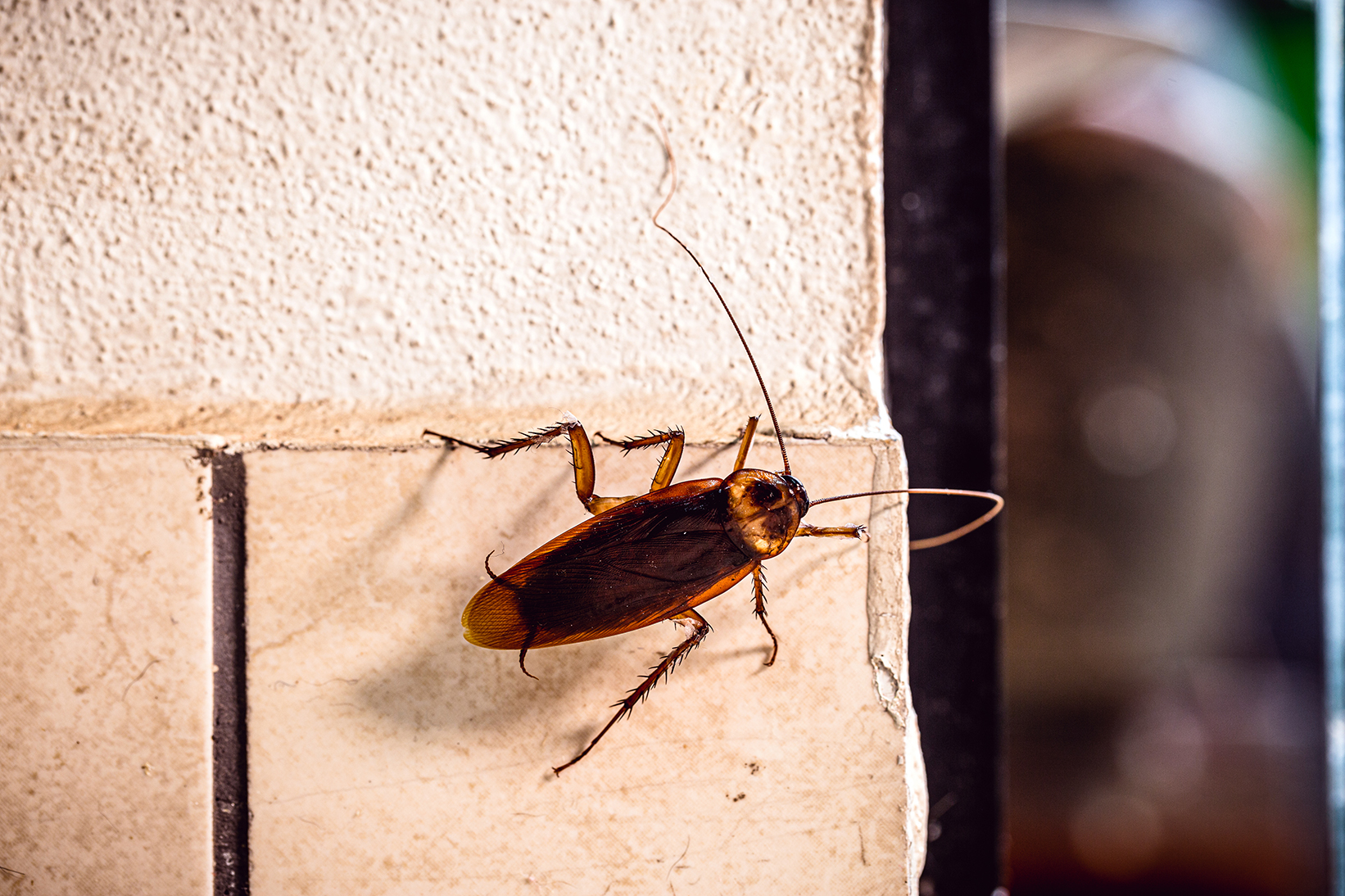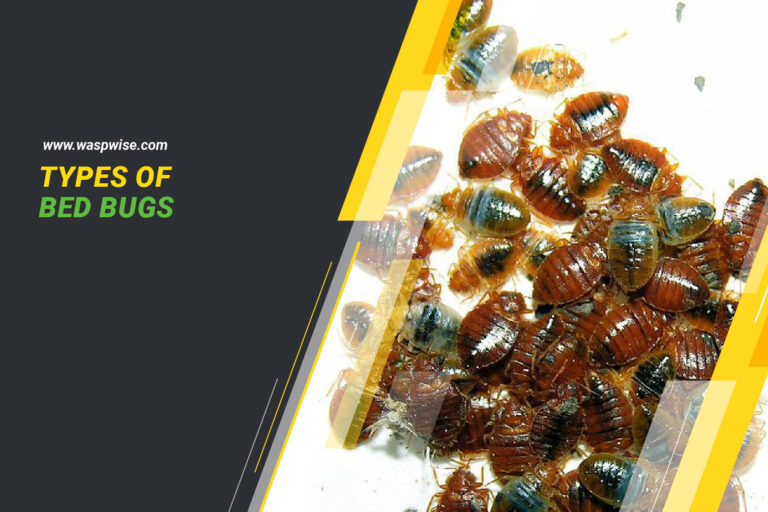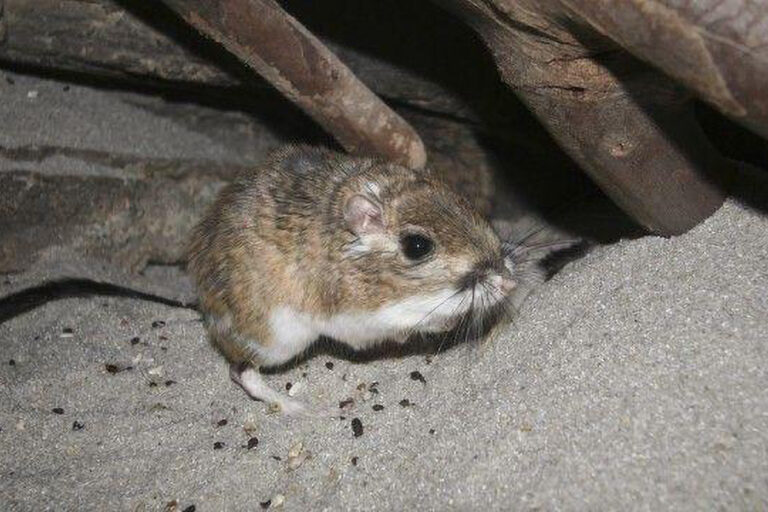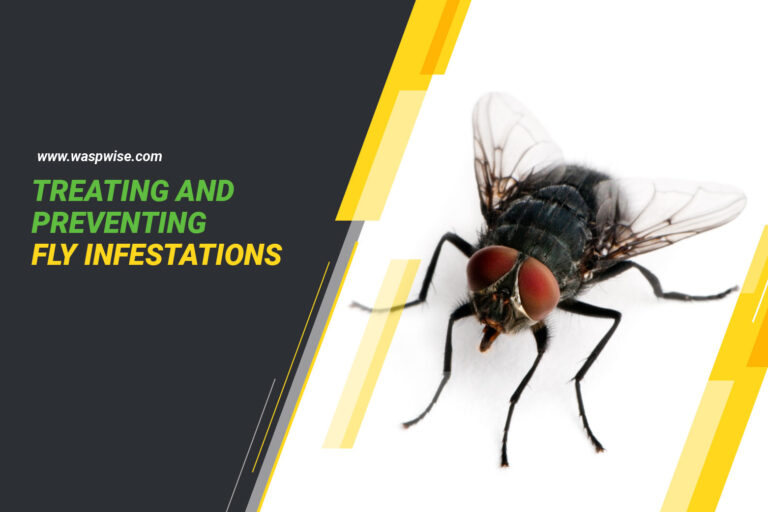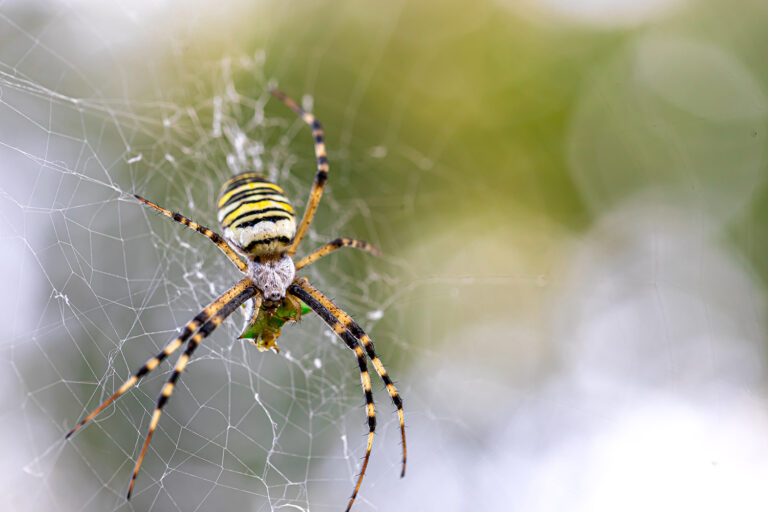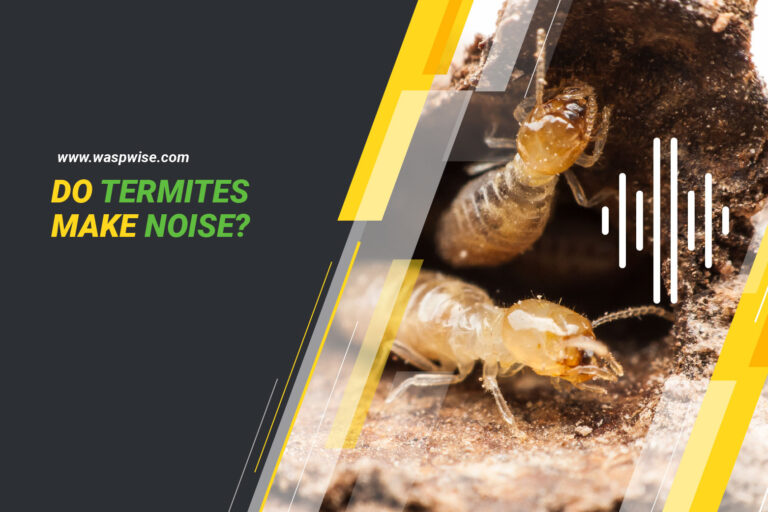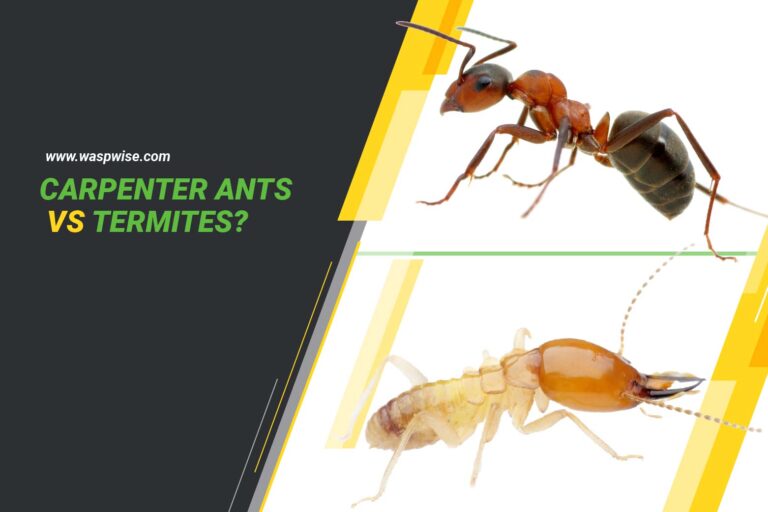UNDERSTANDING THE LIVING HABITS OF COMMON HOUSEHOLD PESTS
Living in a home can be like playing a game of hide and seek: you never know which pests may be lurking around the corner. From ants to bed bugs, common household pests are more than just an annoyance – they can pose serious health risks to your family. If you want to understand how to protect yourself from these unwelcome visitors, it’s important first to understand their living habits.
Pests are crafty creatures that will stop at nothing to get into your home and make themselves comfortable. To keep them out, you need to know how they operate: where they live, how they reproduce, and what kind of environment they prefer. That way, you can take proactive steps towards keeping them away for good.
It’s time to pull back the curtain and uncover the truth about common household pests. By getting a better understanding of their living habits, you’ll be better prepared with preventive measures that will help keep your home pest free.
WHAT ARE THE MOST COMMON HOUSEHOLD PESTS?
They lurk in the shadows, hiding and waiting until you least expect it – household pests. But what are these unwelcome visitors that so often invade our homes? If we want to keep them at bay, it’s important to understand the most common household pests. It’s like a game of cat and mouse!
When it comes to houseguests, some might be more unwelcome than others. Rodents like rats and mice are all too common in households, scurrying around looking for food and nesting material. Ants have a knack for finding their way into your pantry, while cockroaches are also notorious for being difficult to get rid of once they’ve made themselves at home. And let’s not forget flies and other insects; they buzz around your kitchen and living room, looking for somewhere warm to rest.
The best way to protect your home from pesky intruders is to know about them first – so get informed on the habits of these common household critters! That way, you can make sure your house is clean and tidy (or as close as possible), create barriers between you and any potential pests, or even call in a professional if things get out of hand. Knowing your enemy is half the battle!
WHAT DO HOUSEHOLD PESTS NEED TO SURVIVE?
A clear understanding of household pests’ necessities is a vital aspect of effectively dealing with them. Knowing what they require to survive can help you take the necessary steps to protect your home and family. So, what do these critters need to thrive?
First off, all pests need food. They are scavengers, so they eat almost anything from pet food and leftovers to garbage or other bugs. Additionally, some insects may feed on plants or flowers inside or outside of your home as well. It’s important to keep your home clean and store any food properly so that it’s not accessible for them.
Moreover, household pests also need water and shelter. They can get water from various sources, such as puddles, spilled liquids, or condensation on pipes. To find shelter, these creatures look for dark places that offer protection from predators and the elements, like cracks in walls or crevices in furniture. Keeping your home dry and tidy will reduce the chances of them finding a place to hide and inhabit.
Understanding what pests need is important in preventing an infestation in your house. Taking proactive steps like storing food properly and keeping your home dry can help ensure that these unwanted visitors don’t make themselves at home in yours.
WHERE DO HOUSEHOLD PESTS HIDE?
When it comes to an understanding the living habits of household pests, one of the most important questions to consider is where they like to hide. Pests are experts at camouflage and evading detection, so homeowners need to know potential hiding places to prevent and eliminate infestations.
Common spots for pests to hide include furniture, cabinets, and closets, behind or under appliances, and wall voids. They may also be found in basements or attics. Rodents are well-known for squeezing into incredibly small spaces, so it’s important to check even the tiniest cracks or crevices along walls or floors.
Pests often hide in places that offer them protection from predators while providing a steady source of food and water. If you find evidence of pests such as droppings or gnaw marks, look around for other signs like nesting material or trails leading away from their hiding spot. By recognizing the places household pests might hide, you can take proactive steps to keep your home pest-free.
HOW DO HOUSEHOLD PESTS REPRODUCE?
Pests, with their relentless reproduction, can quickly become overwhelming. They are like a swarm of locusts descending upon your home and wreaking havoc. Reproduction is key when it comes to understanding household pests.
Household pests reproduce in various ways, some more efficient than others. For example, bedbugs lay hundreds of eggs at once, while cockroaches require more effort to find mates.
The following are the most common methods of reproduction used by household pests:
Bedbugs:
- Female bedbugs lay between 1-7 eggs per day for up to 10 months or until death
- Eggs are usually laid in clusters on surfaces near beds or other furniture where people sleep
- The incubation period is about ten days
Cockroaches:
- Mating takes place between males and females who must find each other by pheromones
- Female cockroaches carry an egg sac containing about 30-40 embryos which will hatch within 24 hours of being released
- After hatching, the nymphs take 3-4 months to reach adulthood
Fleas:
- Females lay several eggs a day after taking a blood meal from hosts such as humans or animals
- Eggs typically fall off the host within 24 hours and hatch within two weeks
- Nymphs have a three-stage life cycle before becoming adults fleas which can live up to 100 days
Understanding how household pests reproduce is essential, as this knowledge can help you prevent an infestation from occurring or getting out of control. Knowing what attracts them, their life cycles, and their reproduction habits will help you take the necessary steps for pest control solutions.
Mice:
- Mice reproduce sexually and can reach sexual maturity at 4 to 6 weeks old.
- Females can have up to 15 litters a year and can become pregnant within 24 hours after giving birth.
- Each litter can contain up to 14 pups, and a female mouse can produce between five and eight offspring after mating.
- Mice breed continually, regardless of season and climate, and can give birth to up to 100 babies in a year if the problem is left untreated.
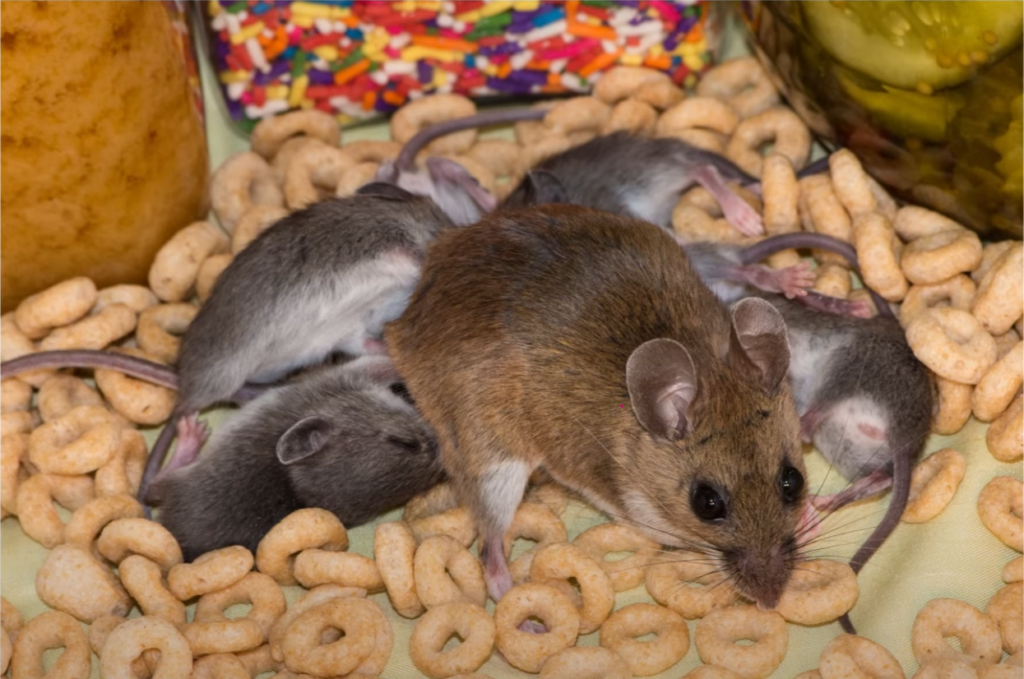
WHAT TYPES OF DAMAGE CAN HOUSEHOLD PESTS CAUSE?
Pests in the home can cause a variety of damage. From carpets and furniture to stored food, household pests impact various aspects of the home. These pests may also spread diseases and contaminate food sources, making identifying and removing them quickly and safely important.
Different types of pests can cause different types of damage. Rodents such as mice and rats chew through wires and wood, while termites eat away at wood products throughout the house. Cockroaches carry bacteria, contaminating surfaces wherever they go, while bedbugs feed on human blood and leave painful bites on the skin.
It’s important to understand what kind of damage each pest can cause to treat the problem effectively. Knowing how to identify household pests helps to eliminate them before any permanent damage is done – and avoid costly repairs or replacements down the line. Taking proactive steps such as sealing up entry points, keeping food sources contained, and cleaning regularly are all good ways to reduce the home’s infestation risk.
HOW CAN YOU TELL IF YOU HAVE A HOUSEHOLD PEST PROBLEM?
Have you noticed some unusual signs in your home and suspected a pest problem? You’re not alone. It’s estimated that around 20% of households in the US are experiencing some type of infestation. That’s why it’s important to know how to identify if you have a household pest issue or not.
Coincidentally, pests can cause damage and create an uncomfortable environment for homeowners, so it’s best to be aware of the signs of infestation. Here are four common indicators:
1) Unusual noises coming from areas like walls and attics;
2) Seeing droppings and evidence of food consumption;
3) Noticing mounds or nests in dark areas; and
4) A strong, lingering smell that won’t go away.
If you’ve noticed any of these signs, there may be something living inside your home that needs to be addressed. To ensure you get rid of the problem correctly, it’s best to contact a professional exterminator who can help diagnose the problem and provide effective solutions. Remember, ignoring a potential pest issue can make matters worse down the line – so don’t delay if you believe there is an infestation!
HOW CAN YOU PREVENT HOUSEHOLD PESTS FROM ENTERING YOUR HOME?
We’ve all been there, the moment of dread when we notice something crawling in the corner of our kitchen or hear an incessant scratching at night. To prevent these unwelcome intruders from entering our homes, it is important to understand their living habits.
Living pests like cockroaches, rats, and mice can be found in various places and can cause a range of issues for homeowners. They thrive in damp environments, are attracted to food and waste, and can spread diseases. While some pests are seasonal and will naturally disappear over time, others may require professional pest control services to remove them from your home.
To keep your home free from unwanted guests, it is important to make sure any potential entry points are sealed off, such as cracks and crevices around windows or doors. Additionally, ensure that food waste is tightly sealed in garbage bins and that counters are kept clean- these small steps can make a big difference! Regularly inspecting areas where pests might hide, such as cupboards or attics, can also help identify problems sooner rather than later.
By taking the right precautions now and understanding how common household pests live, you’ll be doing yourself a great favor by keeping your home safe from pesky visitors.
FREQUENTLY ASKED QUESTIONS
What should I do if I find pests in my stored food?
Remove and discard any contaminated food. Make sure to also dispose of any food that was stored near the contaminated food, as it may also be contaminated. Clean the storage area thoroughly with soap and water, and use a vacuum to remove any remaining debris or eggs. Once the area is clean and dry, store your food in airtight containers to prevent future infestations. If the infestation is severe or you are unsure how to handle the situation properly, consider contacting a pest control professional for assistance.
Can cockroaches transmit diseases to humans?
Yes, cockroaches can transmit diseases to humans. They are known to carry a range of bacteria, viruses, and parasites that can cause illnesses such as salmonellosis, typhoid fever, dysentery, and cholera. Cockroaches can spread these diseases by contaminating food and surfaces with feces, saliva, and body parts.
In addition to direct transmission, cockroaches can also exacerbate asthma and allergy symptoms in some people, as their shed skin and fecal matter can trigger allergic reactions.
CONCLUSION
Understanding pest’s living habits and the best ways to get rid of them can help you keep your home safe and pest-free. By learning how to tell the difference between dangerous pests and harmless insects, as well as what food might attract them, you can be better prepared for an infestation. Additionally, knowing when certain pests are more active during the year can help you take preventative measures to avoid getting overrun by these unwanted guests. Finally, it’s important to be aware of any diseases they may carry to protect yourself and your family from any illnesses they could cause.
Overall, it’s important to understand the living habits of common household pests so that you know how to keep them away from your home. Taking proactive steps now will save you a lot of headaches later down the road.

